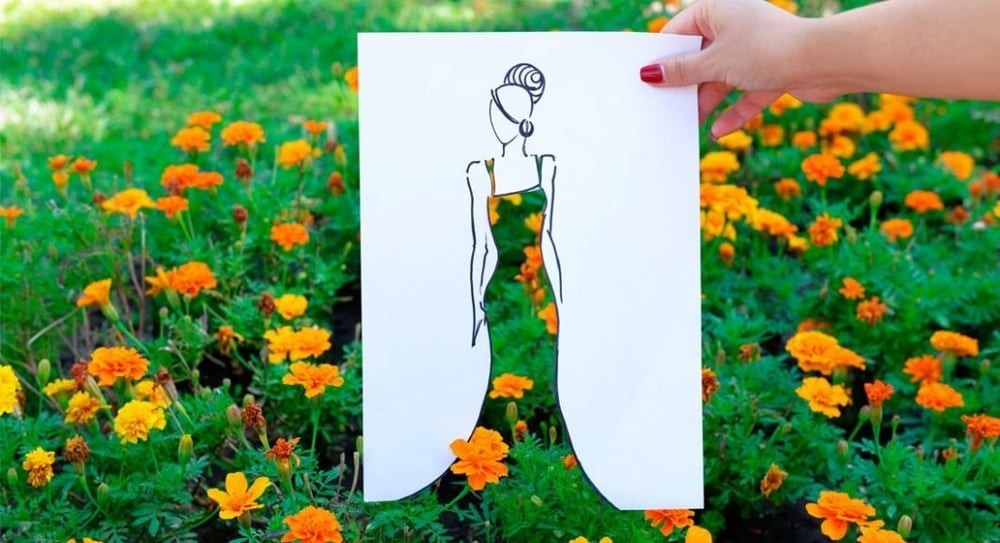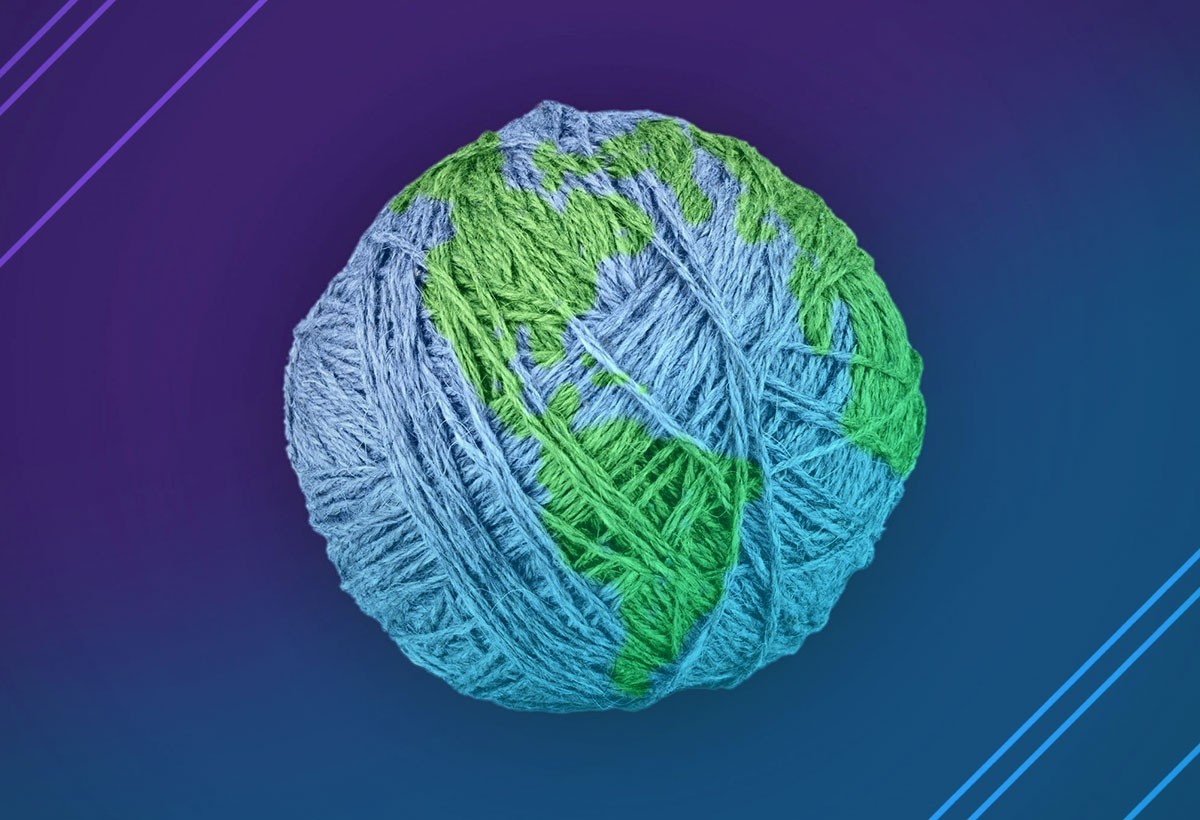Drag Explore
Fashion sector seeks more sustainable path
The impact of fashion on the environment is immense. The sector has doubled production in the last 15 years. However, interest in a more circular production model has grown.
A Spanish upcycling brand, based in Barcelona, has already reused 30 tons of donated denim. They gave it a new lease of life, as stylist Camilla Corsini, from the Barcelona Sustainable Fashion Association says:
"They give it a new use, either transforming it into other products, such as bags, purses, or using the waste (cutting it up), making it circulate, creating a new fabric... And from there, designing your fashion collection."
Natural fibers such as cotton denim are much easier to recycle than synthetic fibers or fiber blends. In Spain alone, each Spaniard throws away, on average, 23 kg of clothes every year and only 12% is recycled.
Recycling the products is, however, only one of the steps. It is also important to reduce resource consumption and pollution during the fabric manufacturing process.
Josep Moré is the Executive Director of a dyeing and textile finishing industry, one of the most polluting in the sector. This factory has managed to reduce the consumption of resources thanks to the digitalization of the machines that control water consumption and carbon emissions...
_"We have a water treatment plant where we treat our water and we also have emission gas filtering equipment, so... For 20 years. The treatment plant is 37 years old and the gas filter is 20 years old. years old. In these 20 years, we collected 59,000 liters of oil that would go into the atmosphere, which are oils that are incorporated into fabrics". _
Moré is working on a "green" dyeing system, but the fashion industry complains that it is unwilling to pay more for a slow, circular textile model.
Mar Isla is the director of the Chair of Circular Economy and Sustainability at the Pompeu Fabra University and explains that "the major consumers of clothing are in the West, but 80% of production is in Asia and the way we are producing is also very uneven. to change the way we consume. We can't throw products away. What happens when a T-shirt costs 8 euros? What's behind that price?".
Consumers are key pieces in this puzzle that aims to find the way to more sustainable fashion. Increasingly aware, they ask designers, producers and researchers to move faster towards a "greener and more circular model".
blog
All Articles


